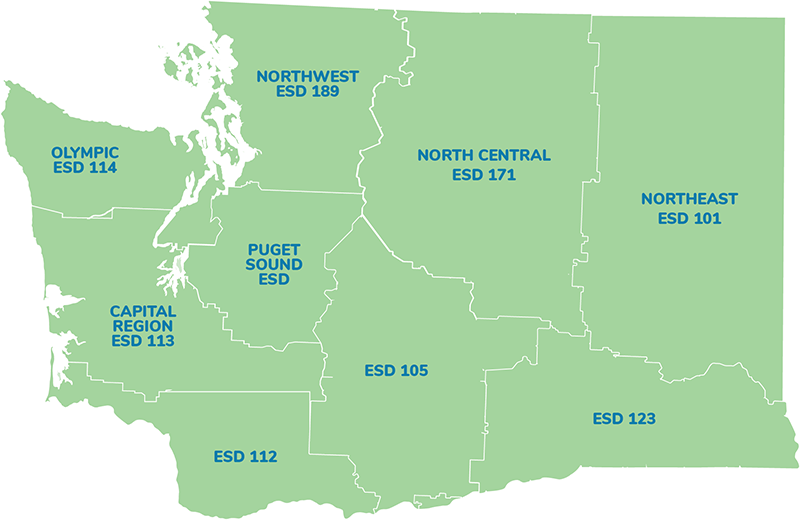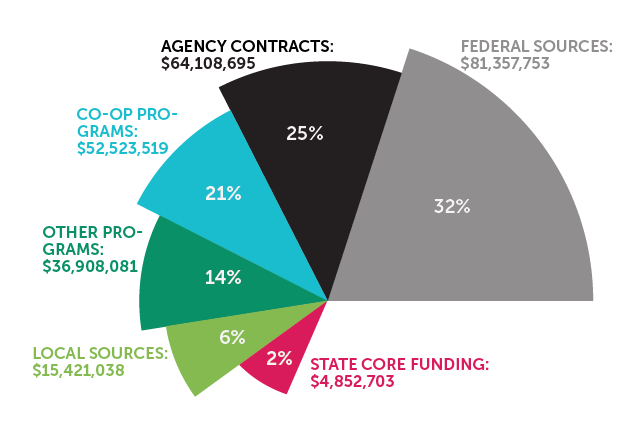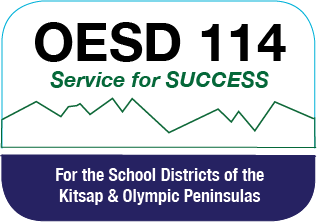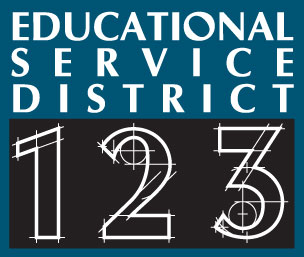Our Educational Service Districts
Nine ESDs – One Goal
Each of Washington’s nine Educational Service Districts (ESDs) provides essential local services, responsive to their region’s communities.
Click on each region to see stats
Washington ESDs serve
- 1 million+ students
- 295 School Districts
- 700+ Private Schools
- 16 Public Charter Schools
- 7 State Tribal Education Compact Schools (STECs)
- 2 State Schools

Northwest ESD 189
- 35 School Districts
- 1 tribal compact school
- 1 public charter school
- Superintendent: Larry Francois
Olympic ED 114
- 15 School Districts
- 2 tribal compact schools
- 1 public charter school
- Superintendent: Greg Lynch
Capital Region 113
- 44 School Districts
- 1 tribal compact school
- Superintendent: Dr. Dana Anderson
ESD 112
- 30 School Districts
- Superintendent: Tim Merlino
Puget Sound ESD 121
- 35 School Districts
- 2 tribal compact school
- 9 public charter schools
- Superintendent: John Welch
North Central ESD 171
- 29 School Districts
- 1 public charter school
- Superindent: Dr. Michelle Price
ESD 105
- 25 School Districts
- 1 tribal compact school
- Superintendent: Kevin Chase
ESD 112
- 30 School Districts
- 2 State Schools
- Superintendent: Tim Merlino
Northeast ESD 101
- 59 School Districts
- 4 public charter schools
- Superintendent: Dr. Michael Dunn
ESD 123
- 23 School Districts
- Superintendent: Darcy Weisner
About Educational Service Districts
In 1969, Educational Service Districts (ESDs) were formed when individual County Superintendent of School offices were consolidated and reorganized to reduce duplication, equalize educational opportunities, and provide a more effective reporting and accountability system to the state legislature.
ESDs link local public and private schools with one another and with state and national resources. ESD Cooperatives and programs enhance educational opportunities because they realize significant savings, allowing districts to send more dollars directly to the classroom and provide special services that might otherwise be unavailable to their regions.
As you can see, ESDs play a crucial role in addressing the challenges in our public schools. Geographically closer to local schools and their district offices, the ESDs serve as regional liaisons between the State Superintendent of Public Instruction (OSPI), State Board of Education, and the Legislature.
The ESD Return on Investment
As ESDs reach their fifth decade of service, the scope and nature of linking and service responsibilities reflect the change facing our public schools today. In a time of increased public accountability, of both student performance and management of public resources, ESDs in Washington are “the” model of efficiency and leverage. The nine ESDs leveraged $5.1 million of state allocated core funding into $251 million of needed services for students and schools in Washington. Stated another way, for every $1 in core funding, ESDs returned $49 in educational programs and services – $230 for every student in the state.

As our state’s citizens demand higher standards and ever increasing demands on educational programs, the ESDs of Washington state will continue to provide critical services such as teacher and staff training, networking and technology integration, and direct services for students with special needs and early childhood education. We will continue to create new opportunities, leverage more resources, and facilitate broad support for the benefit of all students and their families in Washington State.
Washington ESDs serve:
- 1 million+ students
- 65,000+ K-12 educators
- 295 School Districts
- 2,393 Public Schools
- 792 Private Schools
- 16 Public Charter Schools
- 7 State Tribal Education Compact Schools (STECs)
- 2 State Schools

ESD 101 - NorthEast Washington
4202 S. Regal
Spokane, 99223-7738
tel: 509.789.3800
www.esd101.net
ESD 105
33 S. 2nd Ave.
Yakima, 98902-3486
tel: 509.575.2885
www.esd105.org
ESD 112
2500 N.E. 65th Ave.
Vancouver, 98661-6812
tel: 360.750.7503
www.esd112.org
ESD 113 - Capital Region
6005 Tyee Drive SW
Tumwater, 98512
tel: 360.464.6700
www.esd113.org
ESD 114 - Olympic
105 National Ave. N.
Bremerton, 98312
tel: 360.405.5801
www.oesd114.org/
ESD 121 - Puget Sound
800 Oakesdale Ave. SW
Renton, 98057
tel: 800.664.4549
www.psesd.org
ESD 123
3918 W. Court St.
Pasco, 99301
tel: 509.547.8441
www.esd123.org
ESD 171 - North Central
430 Old Station Road
Wenatchee, 98801
tel: 509.665.2610
www.ncesd.org
ESD 189 - Northwest
1601 R Avenue
Anacortes, 98221
tel: 360.299.4000
www.nwesd.org
Find your ESD
Filter by ESD, county or search by district name.
| School District | County | Educational Service District |
|---|---|---|
| Shelton School District | Mason County | Capital Region ESD 113 |
| Shoreline School District | King County | Puget Sound Educational Service District 121 |
| Skamania School District | Skamania County | Educational Service District 112 |
| Skykomish School District | King County | Puget Sound Educational Service District 121 |
| Snohomish School District | Snohomish County | Northwest Educational Service District 189 |
| Snoqualmie Valley School District | King County | Puget Sound Educational Service District 121 |
| Soap Lake School District | Grant County | North Central Educational Service District 171 |
| South Bend School District | Pacific County | Capital Region ESD 113 |
| South Kitsap School District | Kitsap County | Olympic Educational Service District 114 |
| South Whidbey School District | Island County | Northwest Educational Service District 189 |
| Southside School District | Mason County | Capital Region ESD 113 |
| Spokane International Academy | Spokane County | Educational Service District 101 |
| Spokane School District | Spokane County | Educational Service District 101 |
| Sprague School District | Lincoln County | Educational Service District 101 |
| St. John School District | Whitman County | Educational Service District 101 |









